Species Photo Gallery for Fitchana vitellina No Common Name 20 |
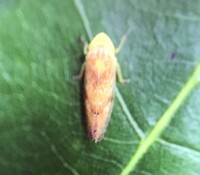 | Photo by: Ted Wilcox
Watauga Co.
Comment: unid_leafhopper | 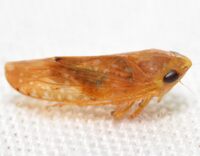 | Photo by: Kyle Kittelberger, Brian Bockhahn
Polk Co.
Comment: males |
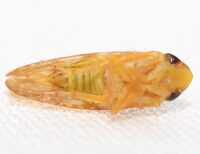 | Photo by: Kyle Kittelberger, Brian Bockhahn
Polk Co.
Comment: males | 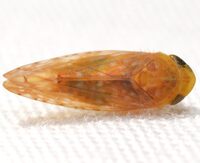 | Photo by: Kyle Kittelberger, Brian Bockhahn
Polk Co.
Comment: 1 female (6.8 mm), 2 male (6.1 mm) |
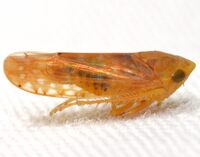 | Photo by: Kyle Kittelberger, Brian Bockhahn
Polk Co.
Comment: 1 female (6.8 mm), 2 male (6.1 mm) |  | Photo by: Kyle Kittelberger, Brian Bockhahn
Polk Co.
Comment: 1 female (6.8 mm), 2 male (6.1 mm) |
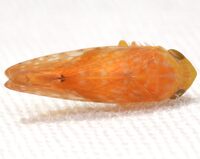 | Photo by: Kyle Kittelberger, Brian Bockhahn
Polk Co.
Comment: 1 female (6.8 mm), 2 male ( mm) | 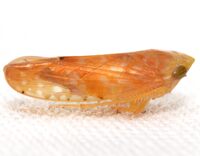 | Photo by: Kyle Kittelberger, Brian Bockhahn
Polk Co.
Comment: 1 female (6.8 mm), 2 male ( mm) |
 | Photo by: Kyle Kittelberger, Brian Bockhahn
Polk Co.
Comment: 2 male, 1 female |  | Photo by: Kyle Kittelberger, Brian Bockhahn
Polk Co.
Comment: 2 male, 1 female |
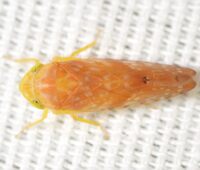 | Photo by: Kyle Kittelberger, Brian Bockhahn
Polk Co.
Comment: 2 male, 1 female | 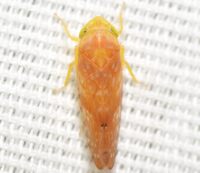 | Photo by: Kyle Kittelberger, Brian Bockhahn
Polk Co.
Comment: 2 male, 1 female |
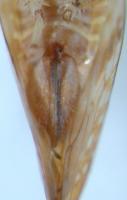 | Photo by: Bo Sullivan
Ashe Co.
Comment: male, 6.0 mm, and female, 7.0 mm | 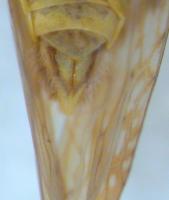 | Photo by: Bo Sullivan
Ashe Co.
Comment: male, 6.0 mm, and female, 7.0 mm |
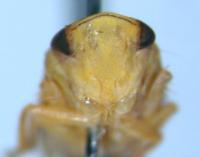 | Photo by: Bo Sullivan
Ashe Co.
Comment: male and female | 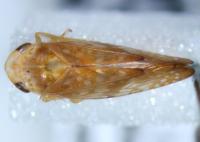 | Photo by: Bo Sullivan
Ashe Co.
Comment: male and female |
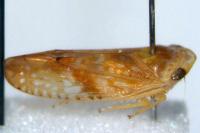 | Photo by: Bo Sullivan
Ashe Co.
Comment: male and female | 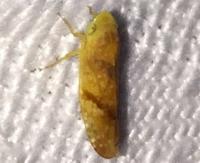 | Photo by: Ken Kneidel
Yancey Co.
Comment: forest edge with small lawn and meadow nearby |
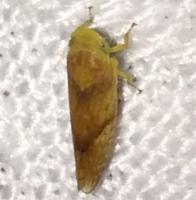 | Photo by: Ken Kneidel
Yancey Co.
Comment: forest edge with small lawn and meadow nearby |  | Photo by: Ken Kneidel
Yancey Co.
Comment: forest edge with small lawn and meadow nearby - unid_leafhopper |
|

 »
»
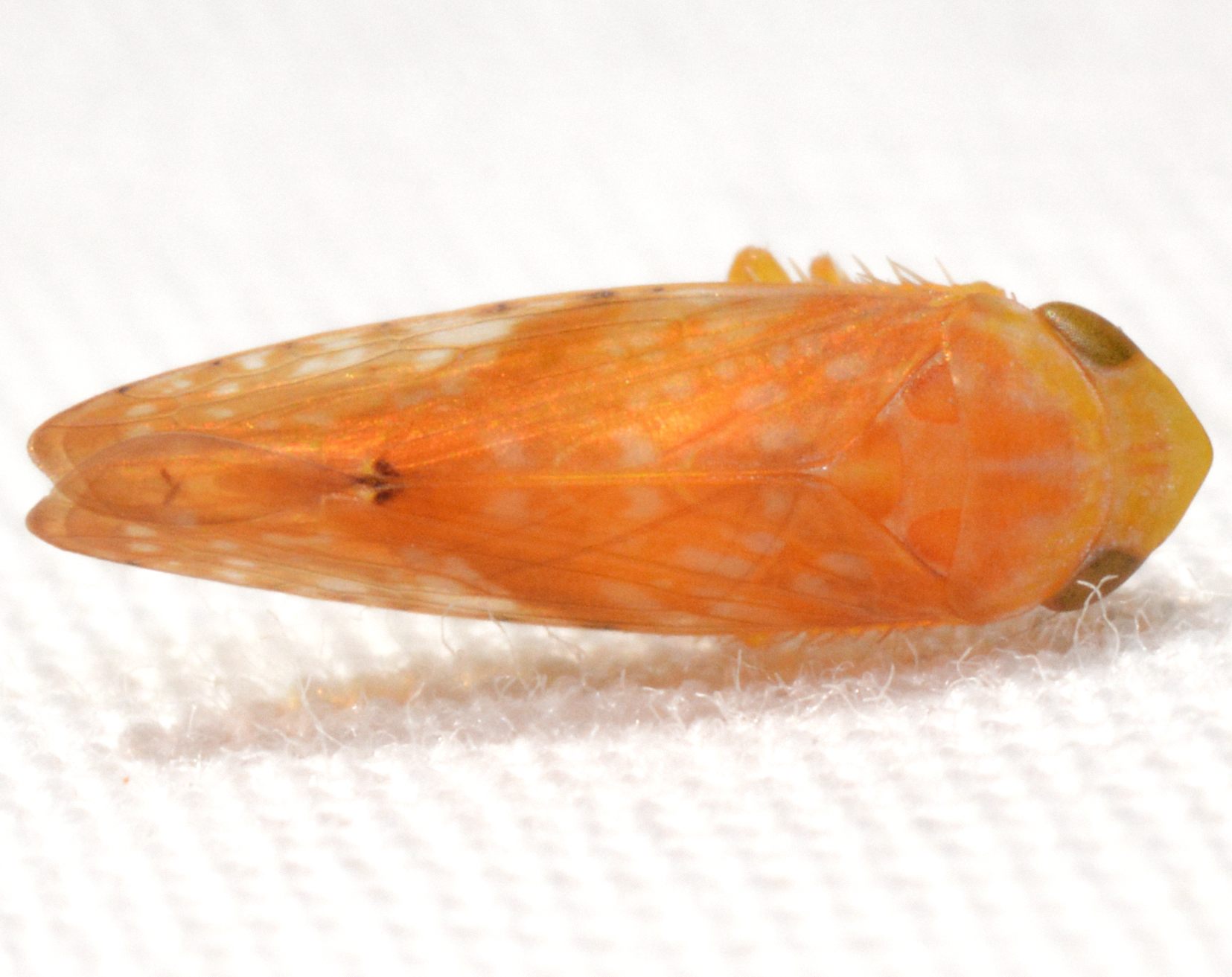



 »
»


